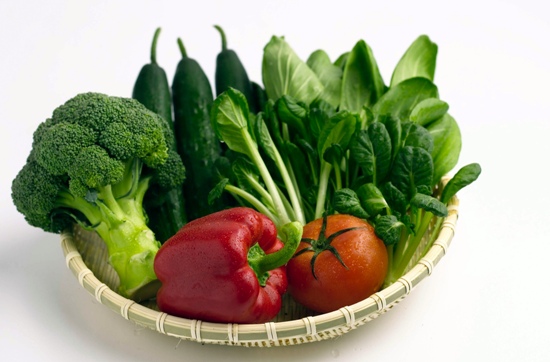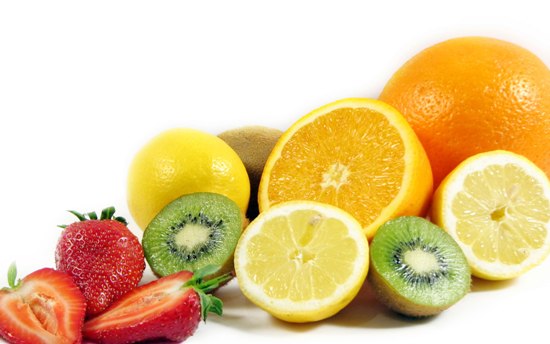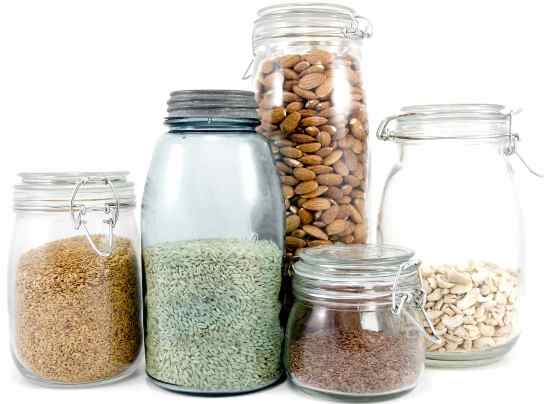When we eat food that have dietary cholesterol, our intestine stores that cholesterol and it gets absorbed into the bloodstream. Plant sterols and plant stanols are similar to dietary cholesterol. So when we eat food containing plant sterols and stanols, then these sterols and stanols travel through the digestive tract and get in the way of dietary cholesterol and get absorbed into the bloodstream. Hence, less cholesterol is absorbed by your body when plant sterols and stanols are present.
If we eat low cholesterol food, then it will help us to be fit and active, so it is important for us to know about plant sterols and plant stanols, and how they reduce cholesterol.
What are plant sterols and plant stanols?
Plant sterols and plant stanols are natural substances present in plants and found naturally in vegetable oils, nuts, grains, and fruits. Research has proved that plant sterols and stanols can help to decrease the cholesterol level. Plant sterols and stanols are also called phytoesterols. They help in blocking cholesterol absorption and reduce blood cholesterol level.
How do they work?
When we eat food that contains cholesterol, then that food gets absorbed in our intestine and cholesterol gets into the bloodstream. When we eat food having plant sterols and plant stanols, then it stops the cholesterol from being absorbed into the bloodstream. By taking these substances we can lower the amount of cholesterol from the gut. They reduce low-density lipoprotein (LDL) cholesterol and may be beneficially to high-density lipoprotein (HDL) and cholesterol and triglycerides (TG).
Now the question is how to know that which fruits and vegetables contains plant sterols and stanols?
Fruits and vegetables with sterols and stanols
Fruits and vegetables like broccoli, cauliflower, brussels sprouts, apples, tomato, vegetable oils, wheat germ oil have a good amount of plant sterols.
Whole grains and oats
According to nutritionists, we should include 100 percent whole grain in our diet and we should look for specific types of whole grain flour as the main ingredient, such as whole wheat. It contains a good amount of plant sterols and stanols.
Black soybean
A study shows that black soybean may prevent obesity and lower LDL cholesterol. It has been repeatedly proved that soybean contains a high amount of lecithin, an element that allows the organism to pile up less fat and break down the calories more easily.
Nuts and seeds
Nuts and seeds are a good source of plant sterols and stanols as well. Peanuts are the best sources of natural sterols. Nuts and seeds are also sources of iron. Use them as a snack, or add them to main meals and desserts.
Cereals
All whole grains are rich in plant sterols. Some that have the highest amounts are rice bran, oat bran, bran, and whole wheat.
Oil and butter
Oil and butter are rich in plant sterols and stanols and we use oil for cooking, so if we use a good quality oil than we can easily get these two components in our diet. We can use flaxseed oil which lowers blood pressure in men with high cholesterol. In a study it was proved that those who took flaxseed oil supplements regularly experienced significantly lower systolic and diastolic blood pressure. We can also use fish oil.
Juice
Cranberry and grape juice slow down LDL cholesterol oxidation and cranberry juice raises HDL. Pomegranate juice reduces cholesterol and increases nitric oxide production.
Are plant sterols and stanols safe to eat?
There are lots of studies which shows that these two components in plant are safe and effective way to lower total cholesterol levels.
a. Taking 1.8 to 2.8 grams of plant sterols and stanols per day lowered total the cholesterol level by 7%–11%.
b. Taking 2.0 to 2.5 grams of plant sterols and stanols per day results in 10%–14% reduction in LDL cholesterol without side effects.
c. It is also stated that taking 2–4 grams daily reduced LDL cholesterol by 6%–16%.







